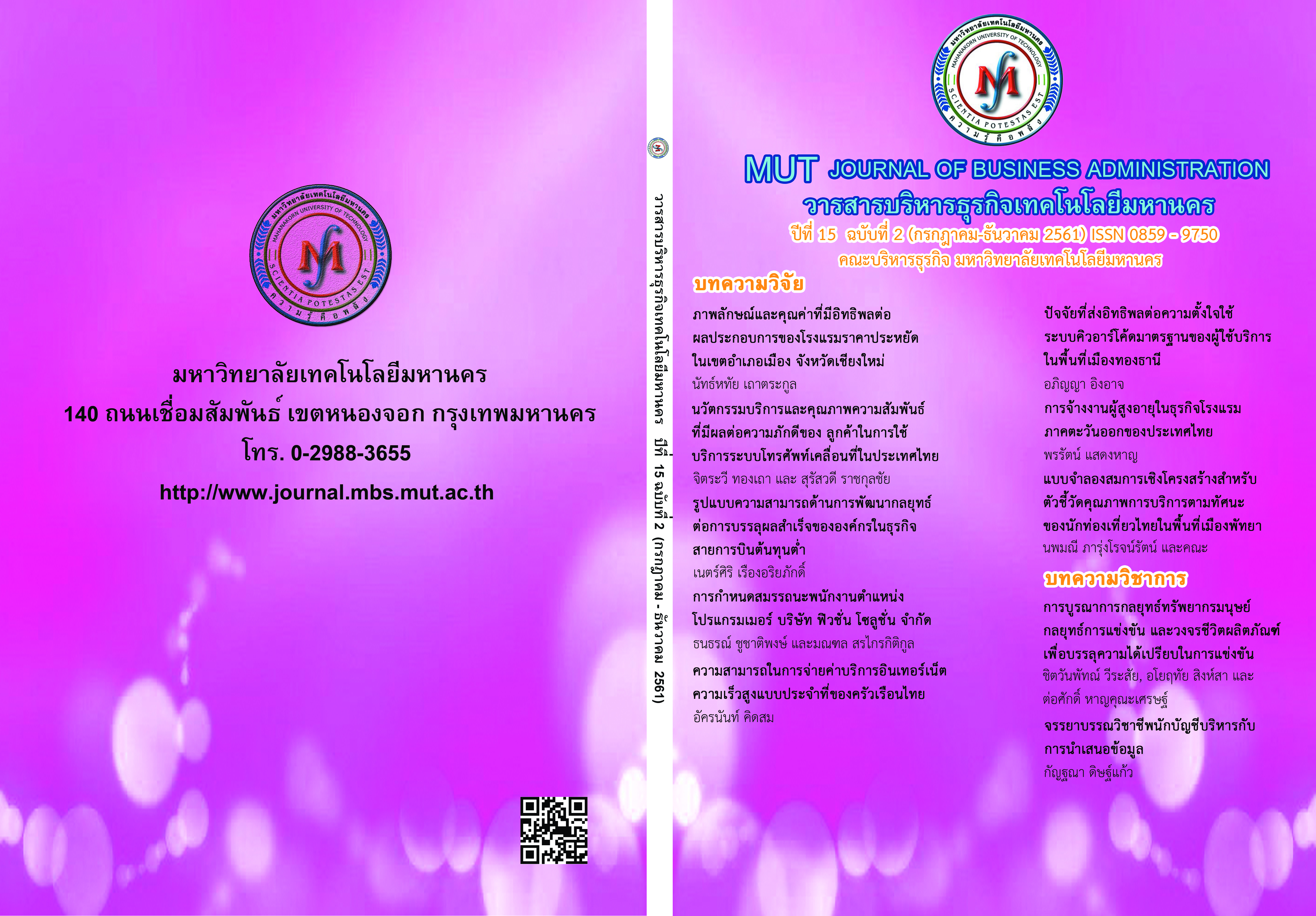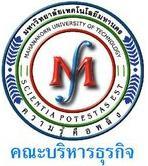Affordability of Fixed Line Household High Speed Internet in Thailand
Keywords:
Affordability, High Speed InternetAbstract
The main research question of this research is whether prices charged for household
fixed line high-speed internet, (hereafter HH internet), is affordable. The utilizations of HH
internet of the 400 sampling households are explored. It can be concluded that HH internet
costs around 3.67 percent of the average monthly income. The number is lower that of the
entry-level cost suggested by the United Nations-UN at 5 percent. Households with disability
pay the cost of this service higher than that of the others comparatively. Considering
occupation groups, the HH internet costs are ranging from 3.3 to 3.9 percent of the groups’
monthly income. For student group this would cost more than that the suggested criteria.
Moreover, from the samplings, more than one-third of the HH internet users are in the lowincome
group. Therefore, the group expenses on the HH internet can be considered as
difficulty comparing to their incomes. This finally would affect the internet adoption decision.
For policy recommendation, by registering the disadvantaged group, the office of the
National Broadcasting Telecommunications Commission should assign the servicing duty for
the disadvantaged group to the internet operators. Then, the operators can rebate the actual
related expenses or foregone incomes as an incentive. Turning to the management of
government internet projects, i.e. community internet projects of the Ministry of Information and
Communication Technology, both dwelling area and household income dimension should be
concerned. The use of both inner-city and rural poor family should be promoted. For future
research works, the specific samplings such as the inner-city and rural poors shall be included.
This is to allow a more in-depth analysis for the demand of the HH internet.
Downloads
Published
Issue
Section
License
ข้อความ ข้อคิดเห็น ข้อมูล เนื้อหา รูปภาพ แผนภูมิ แผนผัง เป็นต้น ที่ปรากฏและแสดงในบทความต่างๆ ในวารสารบริหารธุรกิจเทคโนโลยีมหานคร ถือเป็นความรับผิดชอบโดยตรงของผู้เขียนบทความนั้นๆ มิใช่เป็นความรับผิดชอบใดๆ ของวารสารบริหารธุรกิจเทคโนโลยีมหานคร และมหาวิทยาลัยเทคโนโลยีมหานคร
บทความที่ตีพิมพ์ในวารสารบริหารธุรกิจเทคโนโลยีมหานคร ถือเป็นลิขสิทธิ์เฉพาะของคณะบริหารธุรกิจ มหาวิทยาลัยเทคโนโลยีมหานคร หากบุคคลหรือหน่วยงานใดต้องการนำทั้งหมดหรือส่วนใดส่วนหนึ่งไปเผยแพร่ต่อหรือเพื่อกระทำการใดๆ จะต้องได้รับการอนุญาตเป็นลายลักษณ์อักษรจากคณะบริหารธุรกิจ มหาวิทยาลัยเทคโนโลยีมหานครก่อนเท่านั้น


